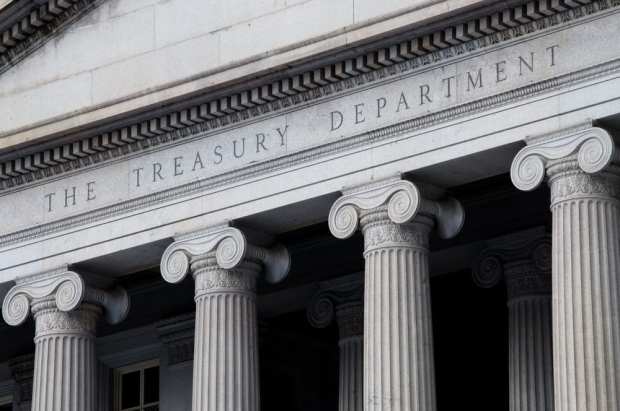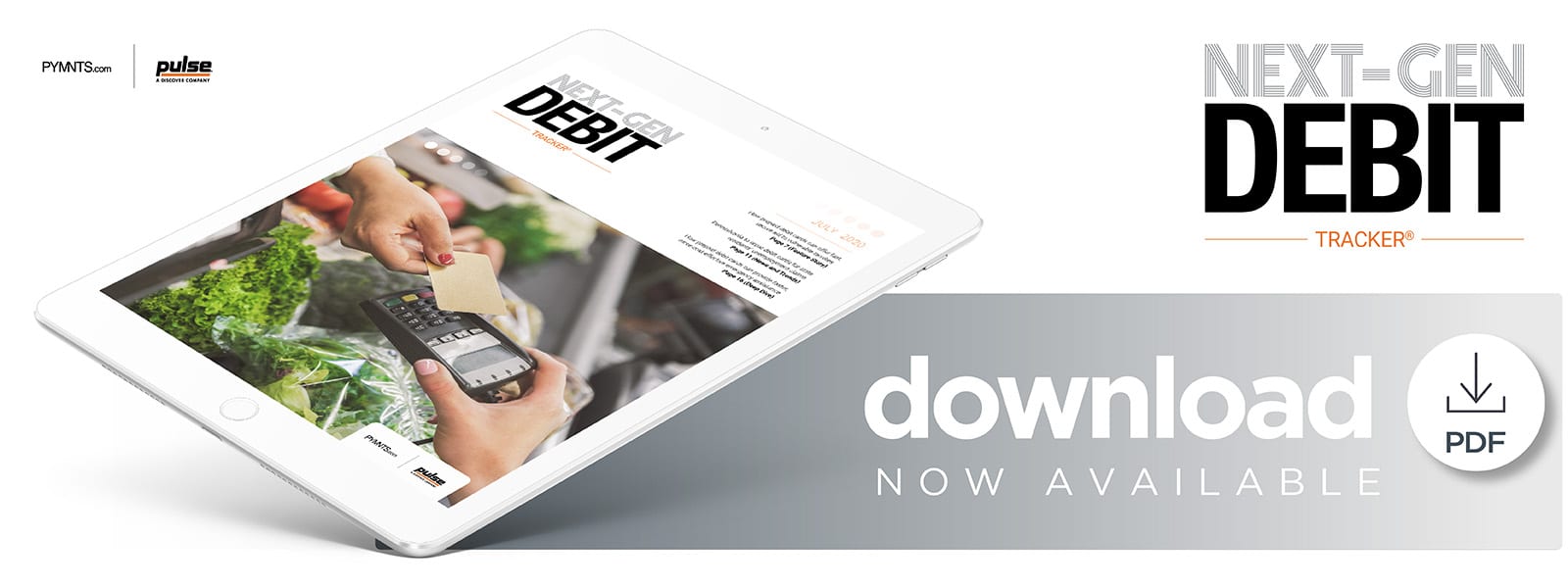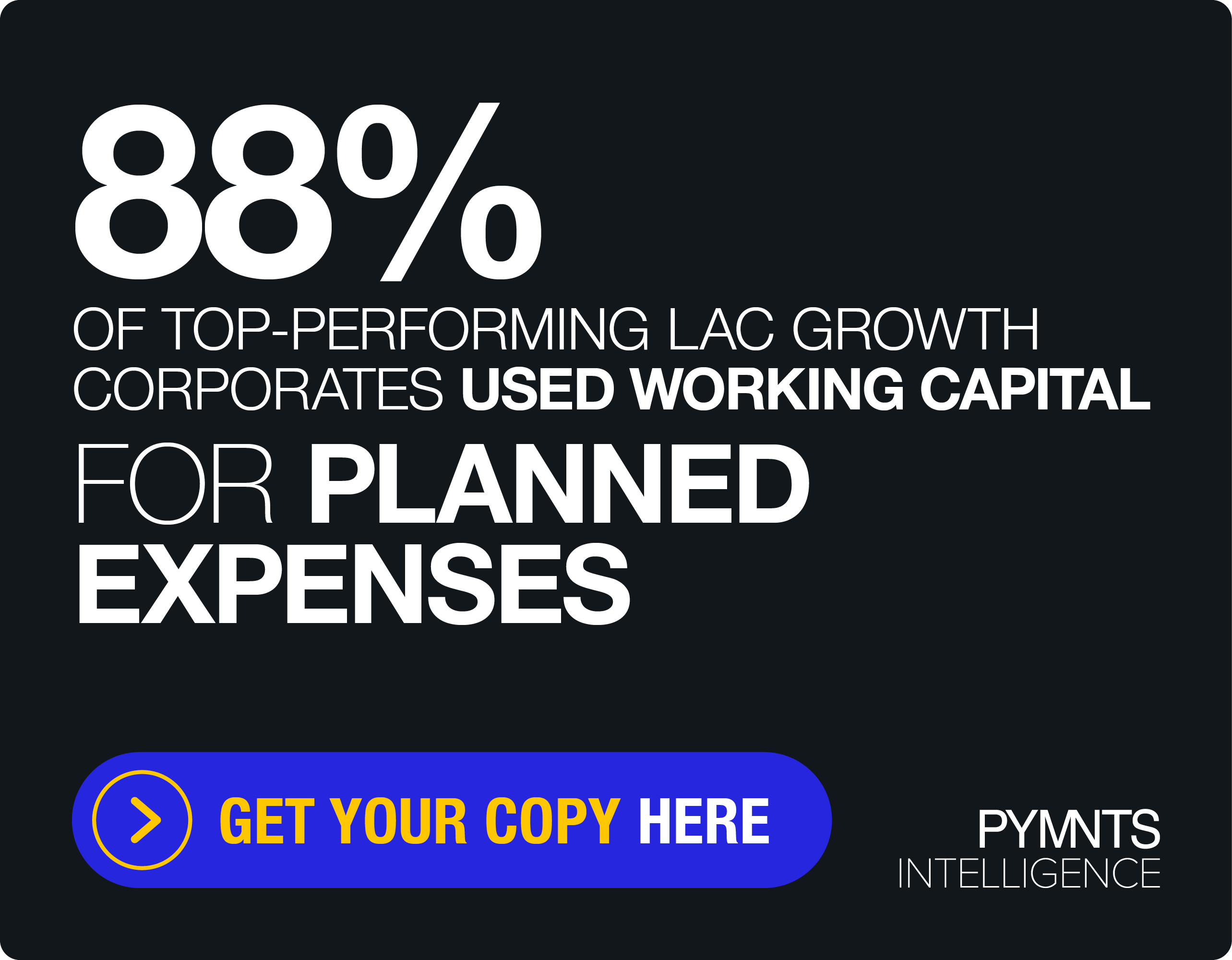Deep Dive: Why The US Treasury Adopted Debit Rails To Disburse Stimulus Funds

Many Americans were in precarious financial situations before the COVID-19 pandemic hit. Forty percent of respondents told the Federal Reserve in 2018 that they would either be completely unable to afford a surprise $400 expense or would have to sell something to do so. The coronavirus outbreak and ensuing economic downturn further compounded that strain, as consumers faced widespread job losses, work-hour reductions and wage cuts.
A PYMNTS survey conducted in March similarly found that 59.3 percent of U.S. consumers were living paycheck to paycheck, and that 45.4 percent had $2,500 or less in savings. Tackling these economic pressures has made receiving federal Economic Impact Payments (also called EIPs or stimulus funds) in a timely, low-cost manner very important for many households. Having to pay additional fees to access these funds or dealing with slow disbursement processing times, after all, could significantly impact consumers’ well-being.
The federal government promised one-time EIPs of up to $1,200 for eligible single adults and up to $2,400 for qualifying married couples, as well as an additional $500 per qualifying dependent child. Initial attempts to deliver many of these stimulus disbursements via paper checks were met by frictions, however, which partly prompted the federal government to provide four million consumers with funds on prepaid debit cards instead. This month’s Deep Dive examines both approaches and explores the benefits of adopting card-based payments.
The Five-Month Gap
The government initially delivered EIP funds in one of two ways: Consumers who had up-to-date direct deposit details on file with the Department of the Treasury could accept stimulus money straight into their accounts, while others had to wait for paper checks to arrive in the mail. One account estimates that as many as 70 million consumers needed faster access to stimulus funds, but had to wait for mailed checks. And there were significant disparities between the two payment methods, as many of those receiving funds via paper check had to wait up to five months, whereas others received direct deposits in a few days.
The amount of labor that goes into physically preparing and printing checks can be a speed bump. The federal government announced in early April of 2020 that it would take the IRS until the week of May 4 to begin issuing checks, and it would then churn out five million per week for about 20 weeks. Consumers would likely receive checks several days later via postal mail. Direct deposit recipients, in comparison, were projected to receive stimulus funds during the week of April 13.
And the hassles associated with receiving paper checks via mail don’t end with check reception. Consumers receiving checks in the mail must also take the check to a cashing service or deposit it into a bank account and wait for the money to clear. Banks are permitted to take one business day before making Treasury funds available, and consumers who deposited during weekends or before holidays could face even longer delays. These kinds of issues make checks painfully slow for providing much-needed emergency relief, especially for consumers who have little or no savings.
Access Costs
Unbanked consumers also often have to pay fees before they can use money provided via checks. Check-cashing services offer immediate funds access, but they also charge fees. Some states place caps on these charges — Pennsylvania limits check cashers to 1.5 percent cuts ($18 of a $1,200 stimulus check, for example) — while other states place no such limits. Alternate options may be cheaper, in some cases: Walmart charges $8 to cash checks worth more than $1,000, and some FIs will cash non-customers’ checks for fees typically ranging from $5 to $20. For consumers who are struggling, these charges can add up.
Not all consumers have the option of getting EIPs in other ways, either. Some banked individuals receive funds via checks because the IRS did not have current deposit information, while others are unable to open bank accounts in the first place. Unbanked consumers may not be able to spare the cost to have such accounts, with FIs requiring minimum opening deposits of as much as $97 in some neighborhoods and charging select fees to maintain the accounts. Expensive overdrafts are another common deterrent. The federal government, therefore, needed to provide a payment method that did not require consumers to have bank accounts.
A Switch to Debit
With paper checks falling out of favor, the federal government had to search for a universally accessible disbursement method. The Treasury Department announced on May 18 that it would begin mailing preloaded debit cards to millions of individuals who had been waiting for checks, potentially sparing households from settlement delays and check-cashing fees. Consumers could instead begin activating and using cards immediately after receiving them in the mail.
The government said EIP cards can be used without fees when making withdrawals at in-network ATMs, making purchases at many merchants or transferring funds from the cards and into bank accounts. Cardholders get one free out-of-network ATM withdrawal, after which they will be charged $2 per instance, which means they are not entirely free to use, but are likely cheaper than check cashing in most states.
Leveraging prepaid debit cards can also help enable the government to better tackle issues related to lost cards. The EIP card website states that existing cards will be deactivated and that new ones will be sent if recipients report problems. Treasury Secretary Steven Mnuchin said at a press conference that he regards these cards as a faster, more secure way of disbursing money, and thinks the government is likely to keep the method in rotation.
“Going forward, we think debit cards are a safe and secure way of delivering refunds,” he said.
Paper checks have been used for a long time to deliver funds to consumers when bank deposits are not available, but the strains of the COVID-19 pandemic are inspiring new thinking. Consumers’ need for fast, easy and low-cost access to emergency stimulus funds could make debit cards the new go-to method for monetary relief.

